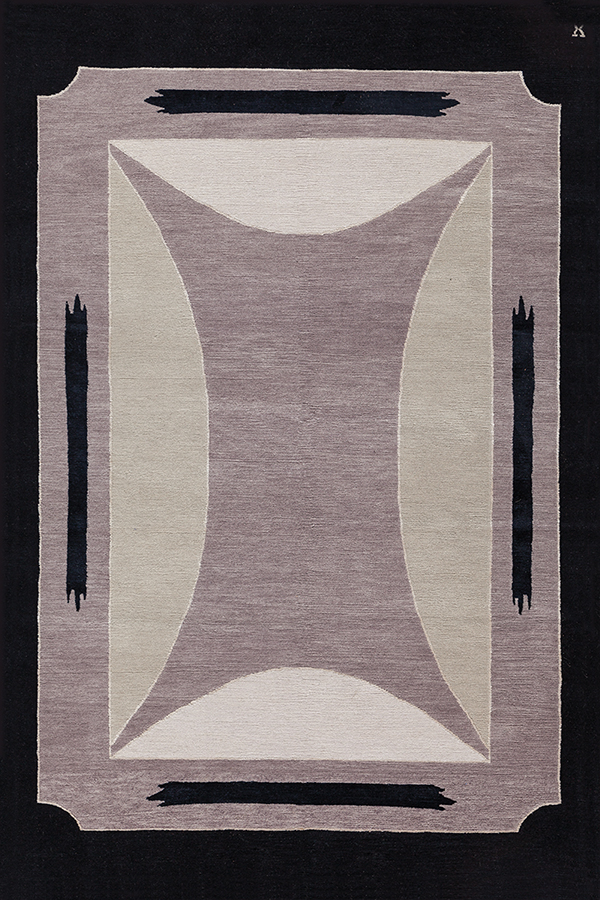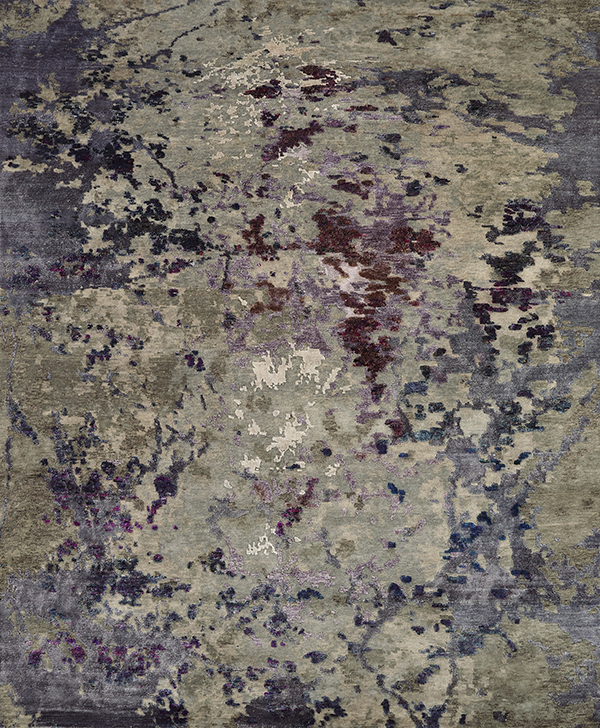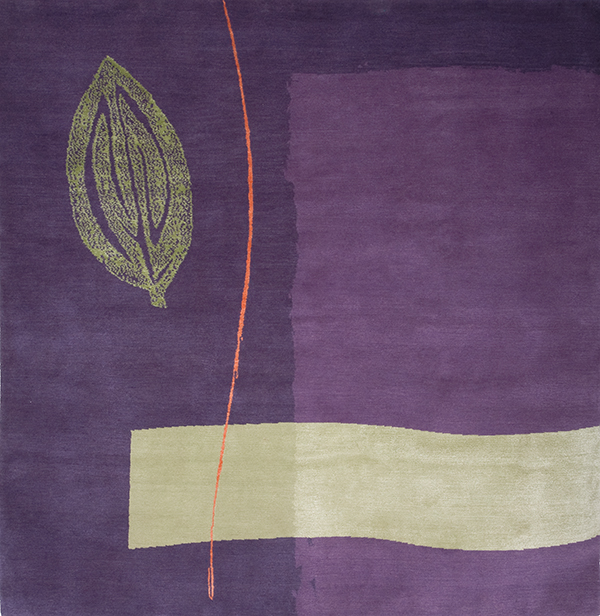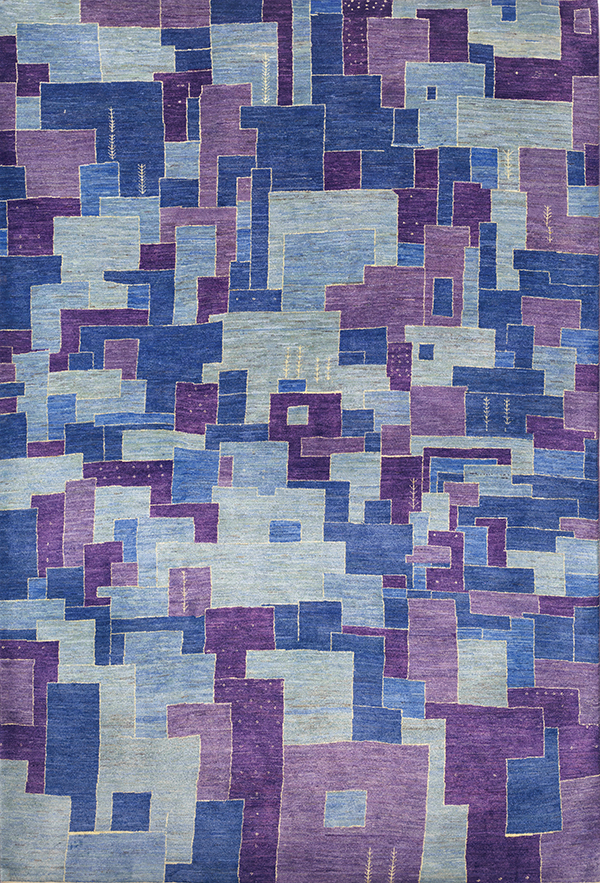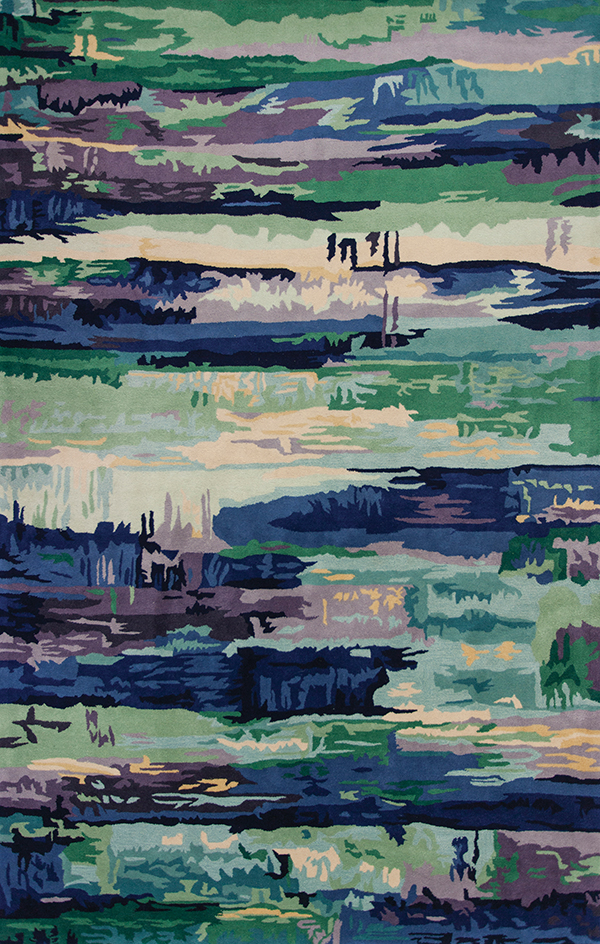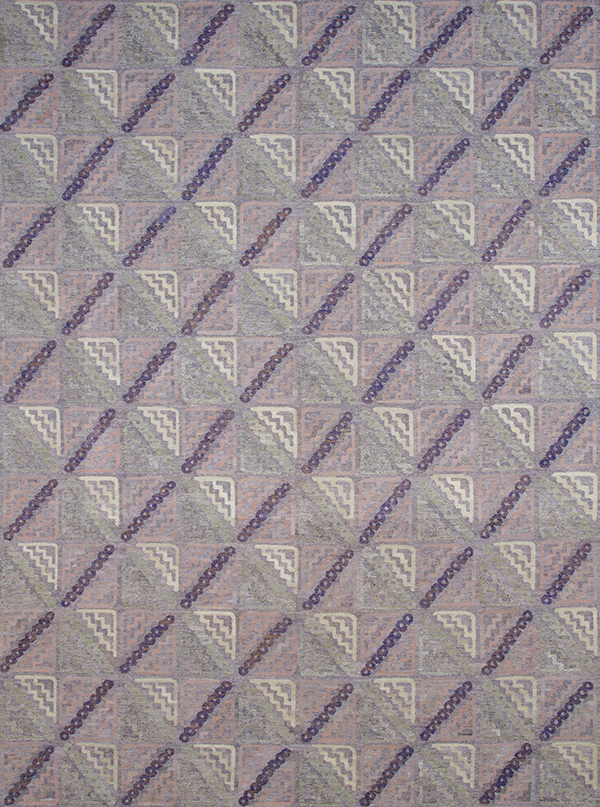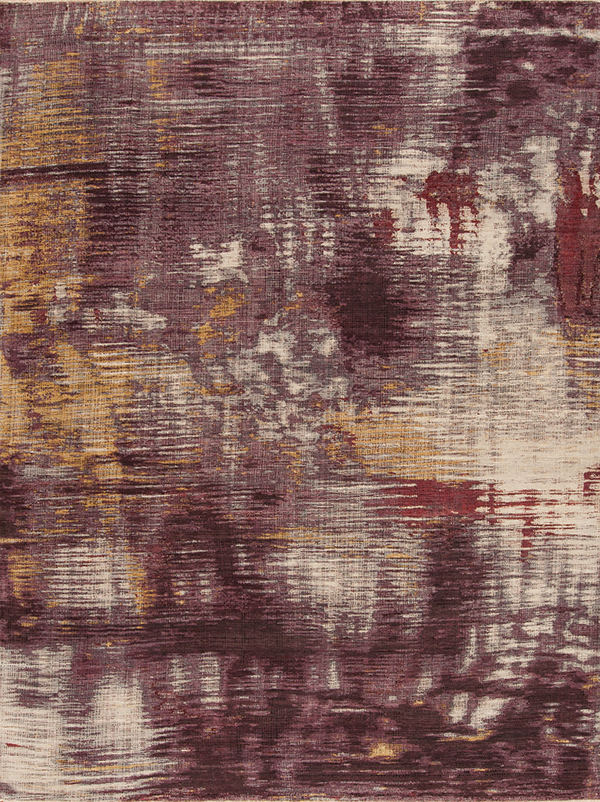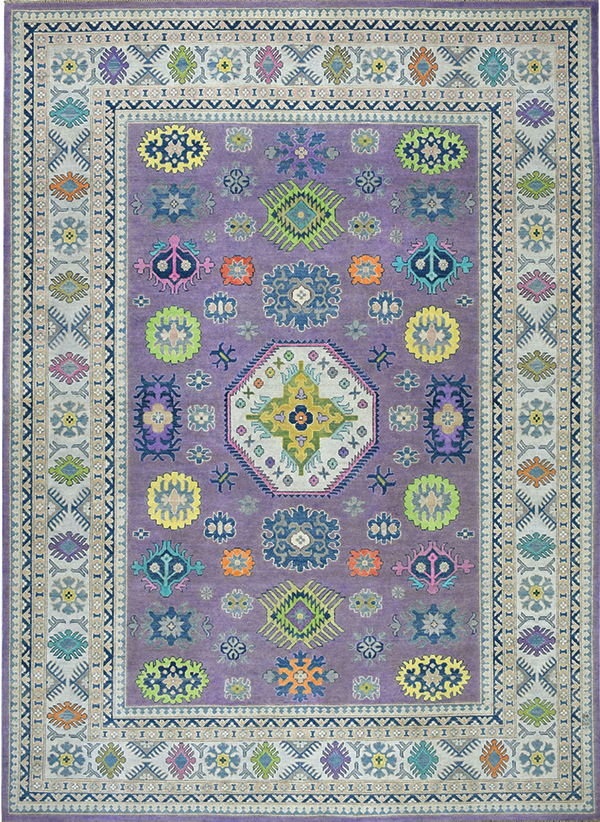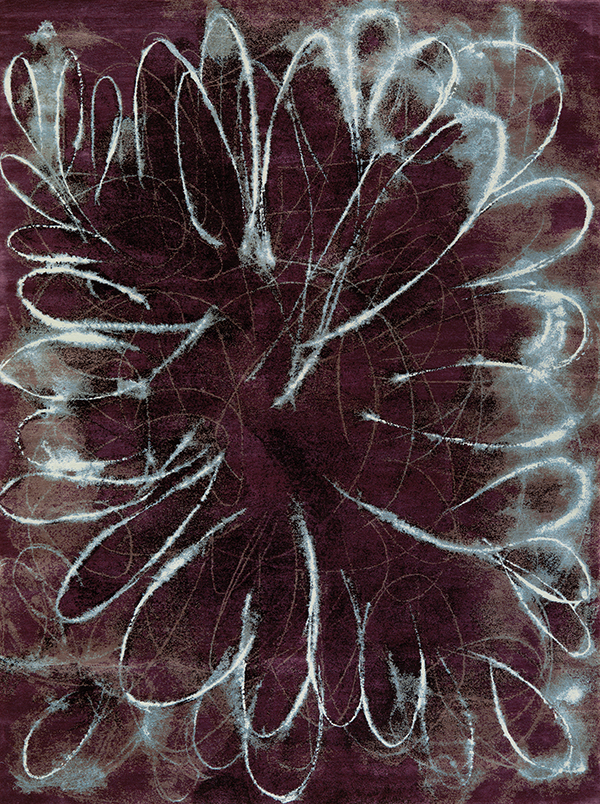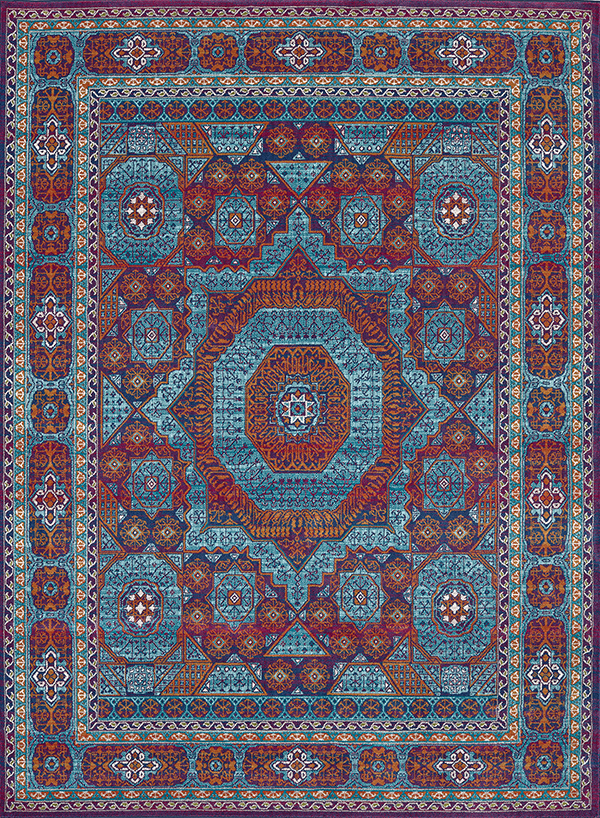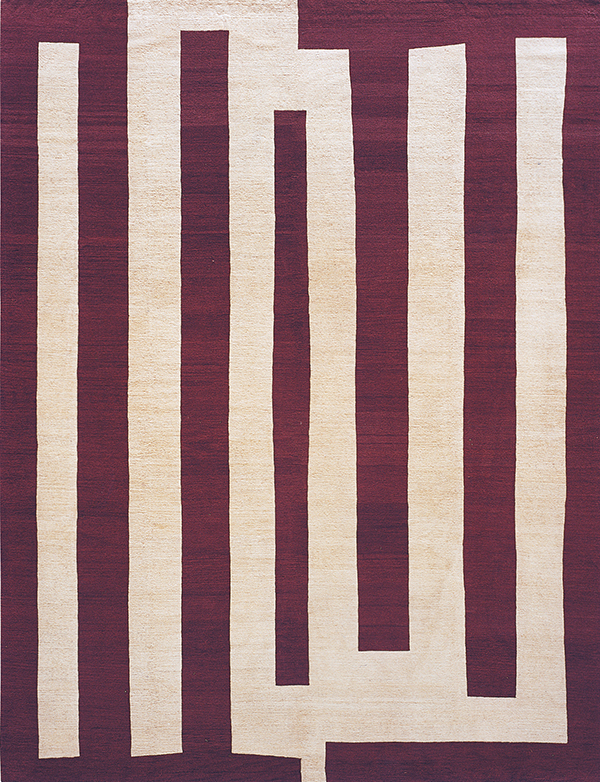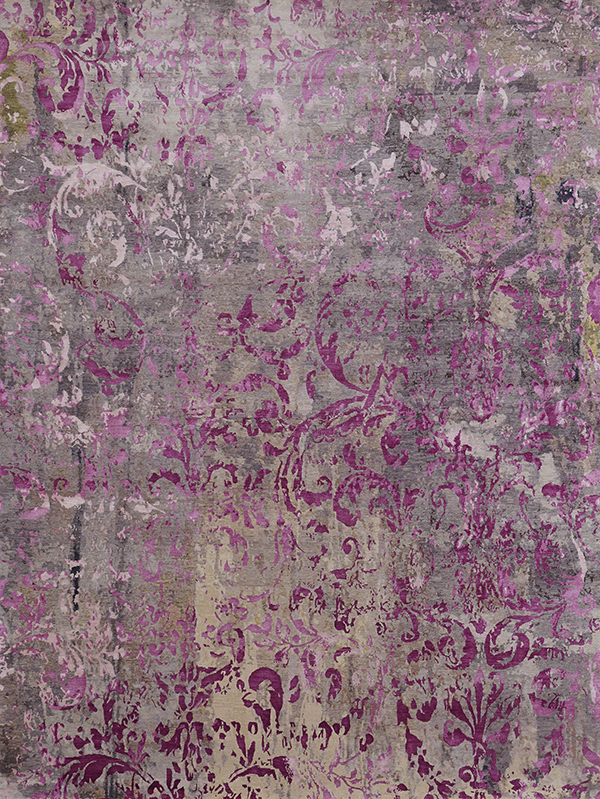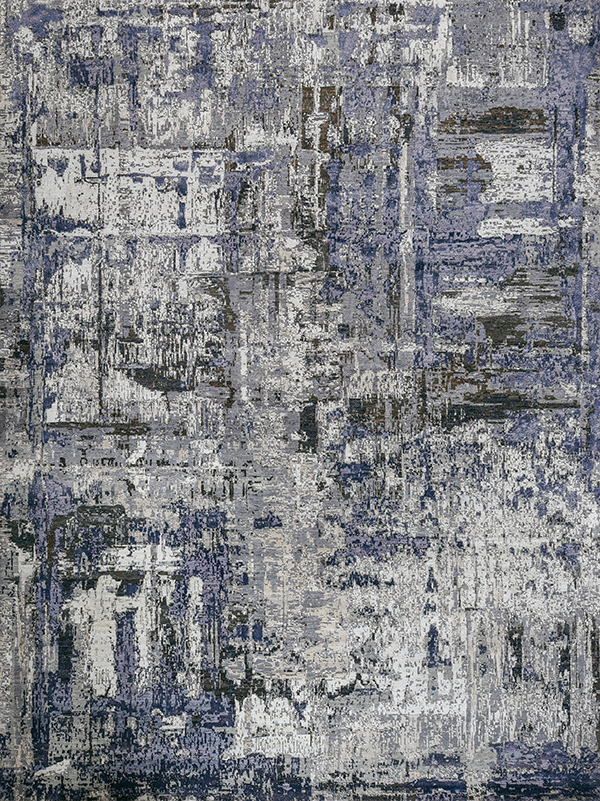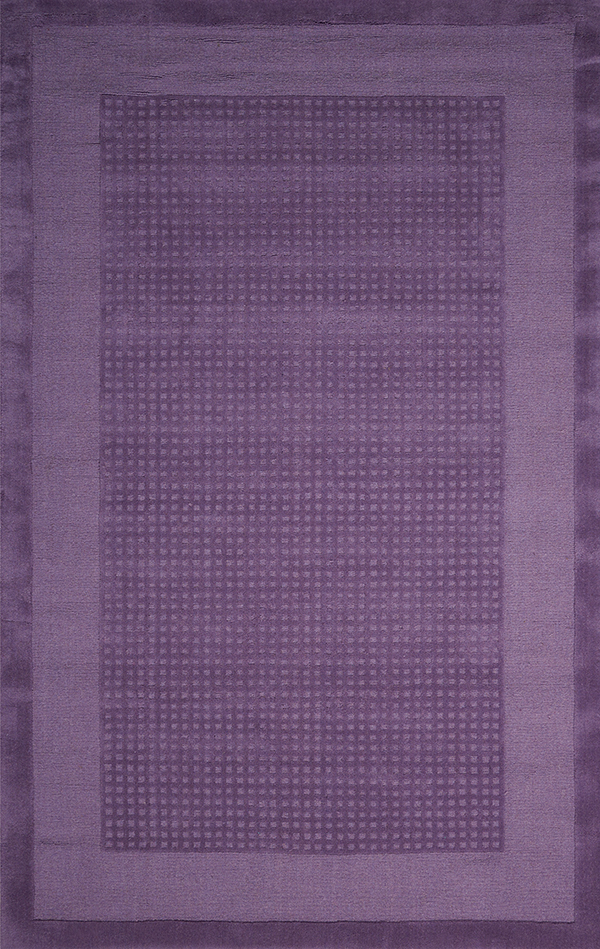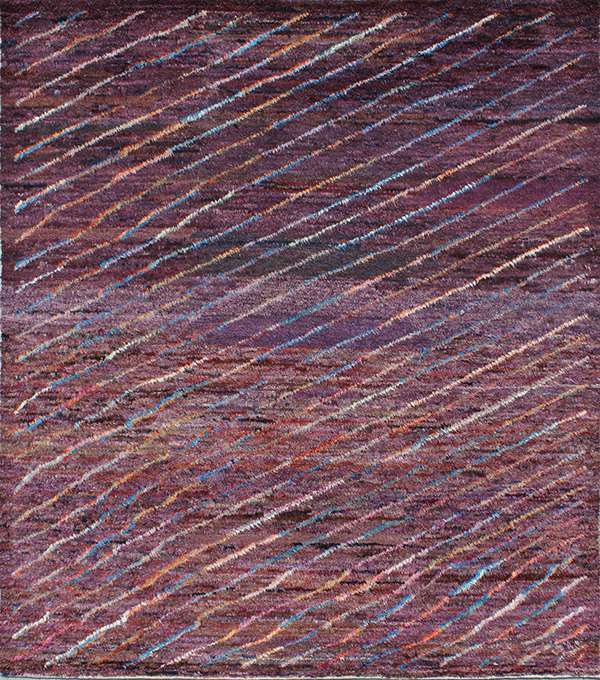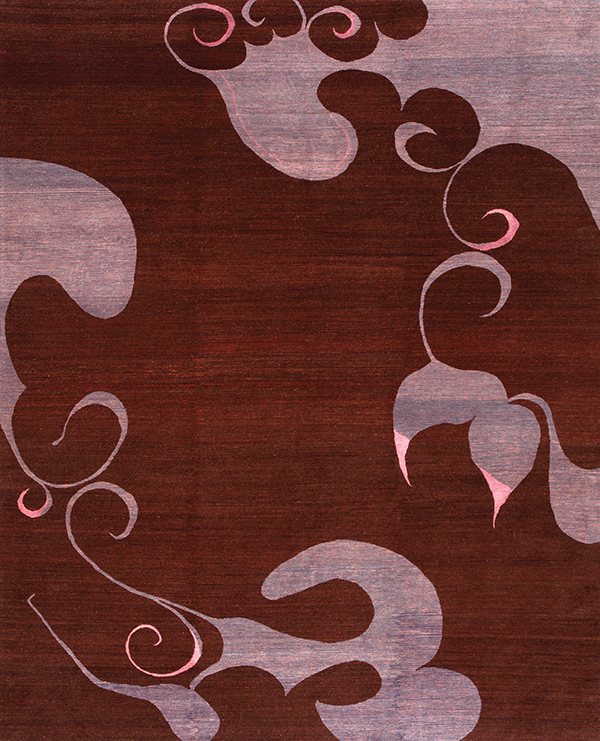Owing to its origins as a historically rare, difficult, and thus cost-intensive color to produce, purple has long been associated with regality and the privileged.
The Greek title of this feature, Porphyrogénnētos, translates literally as “born in the purple” and was the Roman and Byzantine concept under which children born to reigning emperors held superior rights to the throne over siblings born before their father ascended the imperial throne.
The “purple” aspect derives from the purple-hued porphryry rock interior cladding of the Porphýra, or the Purple or Porphyry Chamber. This was a free-standing pavilion of the Great Palace of Constantinople, now Istanbul, Turkey in which heirs to the throne were born. It denotes favor, privilege, power, prestige, and favoritism.
As for the modern use of the color, it associates with rarity, royalty, magic, mystery, and piety. When it’s paired with pink—eroticism, femininity, and seduction. Perhaps this is why purple is so loved by many (and also disliked just the same).
“I’m not posh, not in the slightest. My parents spent some money on my education, but I wasn’t born to the purple.“ — Matthew Goode
As for the modern use of the color, it associates with rarity, royalty, magic, mystery, and piety. When it’s paired with pink—eroticism, femininity, and seduction. Perhaps this is why purple is so loved by many (and also disliked just the same).
“’Almost’ is all about gradations and nuance and about suggestion and shades. Not quite a red wine, but not crimson, not purple either, or maroon; come to think of it, ‘almost’ Bordeaux.“ — Andre Aciman
